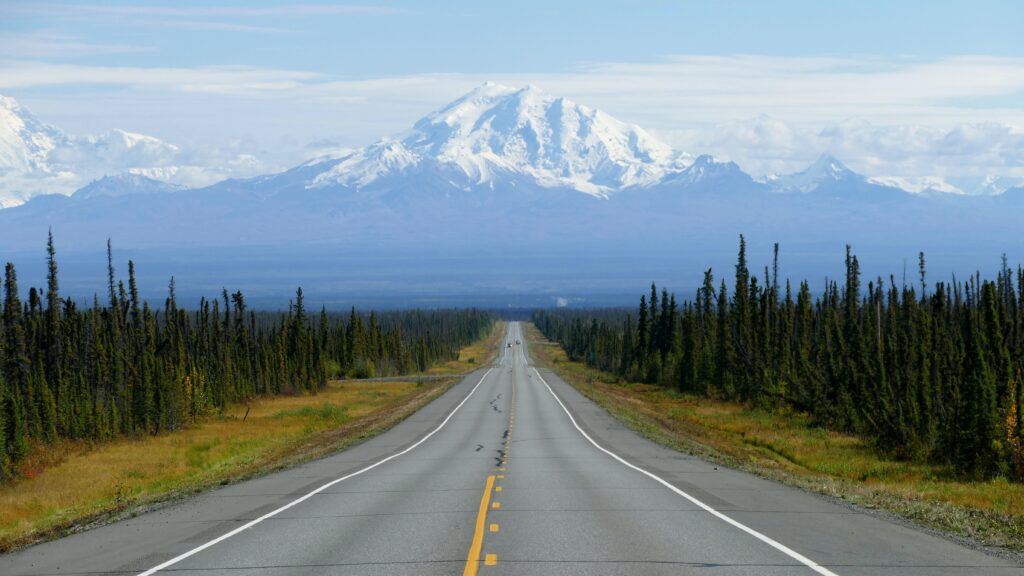In Alaska, getting a driver’s license is a major accomplishment. In fact, it is more of a rite of passage, a badge of honor showing that you have grown up and matured. It’s a symbol of freedom, a doorway to a broader world of freedom. It’s a ticket to freedom. But what steps are involved in obtaining your Alaska driver’s permit?
Benefits Of Owning A Driver’s Permit
The benefits of owning a driver’s permit are pretty straightforward, but there are still some things to consider. Whether driving on the road or driving on the beach, driving safely is always important. Essentially, it provides a sense of freedom that is missing when you have to take public transportation everywhere. In places such as Alaska, where the distances are great, driving legally is not only a privilege but a necessity.
How To Get A Driver’s License In Alaska
While there are certain exceptions for specific people needing a license, such as farmers driving tractors or military personnel, most cases require you to possess one. In many ways, the process is similar to other states because you will need to pass both a theoretical exam and a practical one (although not in the way you might expect). But what steps are involved along the way?
Get an Instruction Permit
When you reach the age of 14, you will be eligible for your Instruction permit, which will provide you two years to learn to drive. Alaska learner’s permits are valid for two years; however, you may renew them once. Keep in mind that if you own an instruction permit from some other jurisdiction, you must also get an Alaskan one before you may drive here.
Pass The Written Test
Obtaining your license is a pretty simple process. Alaska’s traffic laws and road signs will be covered in a theoretical knowledge test. If you want the best chance of passing this test, studying beforehand using an Alaska Permit Practice course is advisable. These practice exams tend to cover everything that could come up during the test. To take the exam, go to your nearest DMV office. If you live in a remote area that a DMV office doesn’t serve, you can always check online for other ways to take this test.
A visual acuity test will also be part of the test to determine if your eyesight is within the parameters required for safe driving. Moreover, you will be required to provide several forms of identification, including:
- Document proving legal name and date of birth
- A secondary record for verification of the primary document
- Document proving your primary residence
- Social Security card as proof of your identity
Does This Mean You Can You Drive Yet?
Once you have passed all of the steps listed above, you should be granted a learner’s permit. However, this doesn’t mean that you can drive on your own just yet. You can begin learning to drive in Alaska after you have obtained your learner’s permit. Alaska follows the parents supervised program, which means that you will learn under the supervision of your parent or guardian. A licensed parent or guardian must ride in the passenger seat with you while you hold your Instruction permit, meaning you will be unable to drive alone. So what is next to be able to drive on your own?
Obtain Your License
Alaska is slightly different from other states in that you don’t need to pass a formal practical exam; instead, you need to log at least 40 hours behind the wheel. Furthermore, according to the Alaskan DMV, you must complete ten of these forty hours in “difficult conditions,” meaning at night and in adverse weather. You’ll also need to have your learners permit for at least six months.
How To Stay Safe When Driving In Alaska?
Alaska is home to some of the most beautiful places in America. It’s also home to some of the most hazardous roads, and drivers must be extra careful when driving in Alaska. It’s also crucial that you know the weather conditions before getting behind the wheel, especially during the winter months when the weather can change so dramatically. Some tips for staying safe when driving in Alaska include:
- Keep your distance from other drivers.
- Don’t tailgate.
- Always buckle up.
- Never drive under the influence of drugs or alcohol.
Hopefully, this guide will help you get a driver’s permit in Alaska, so you can drive legally and get behind the wheel. If you follow the steps and learn everything you need to know, you’ll get your permit and be on your way to driving!
Published on HOLR Magazine




